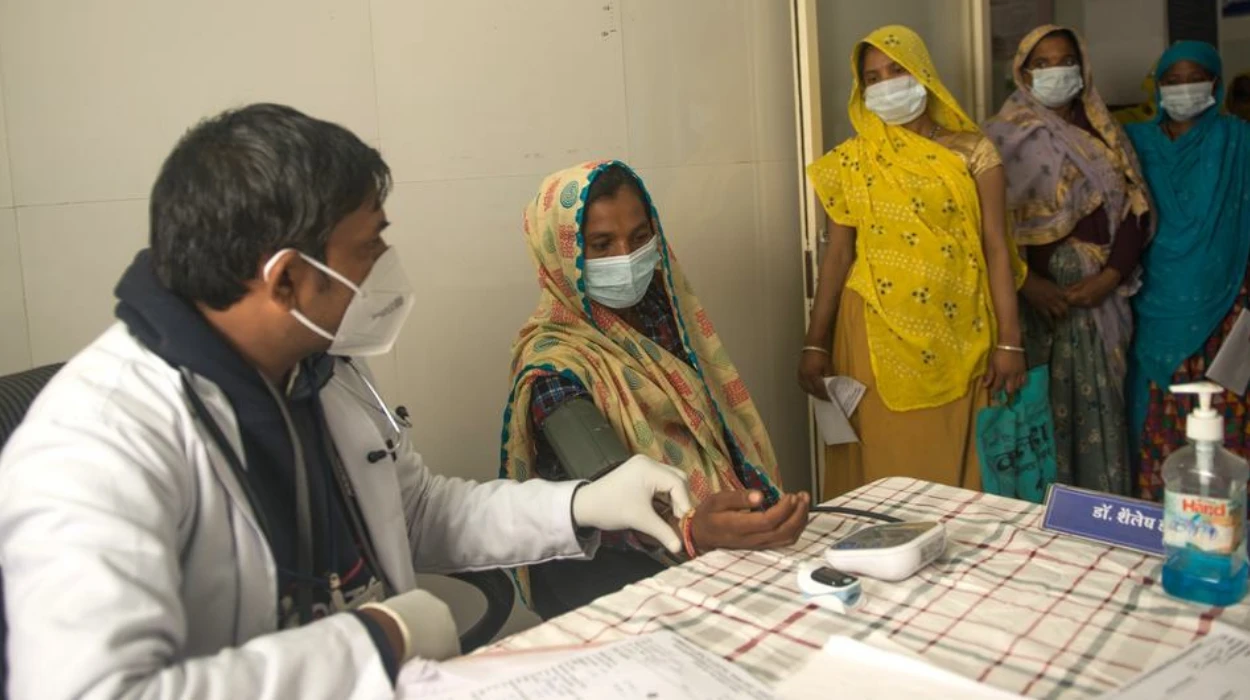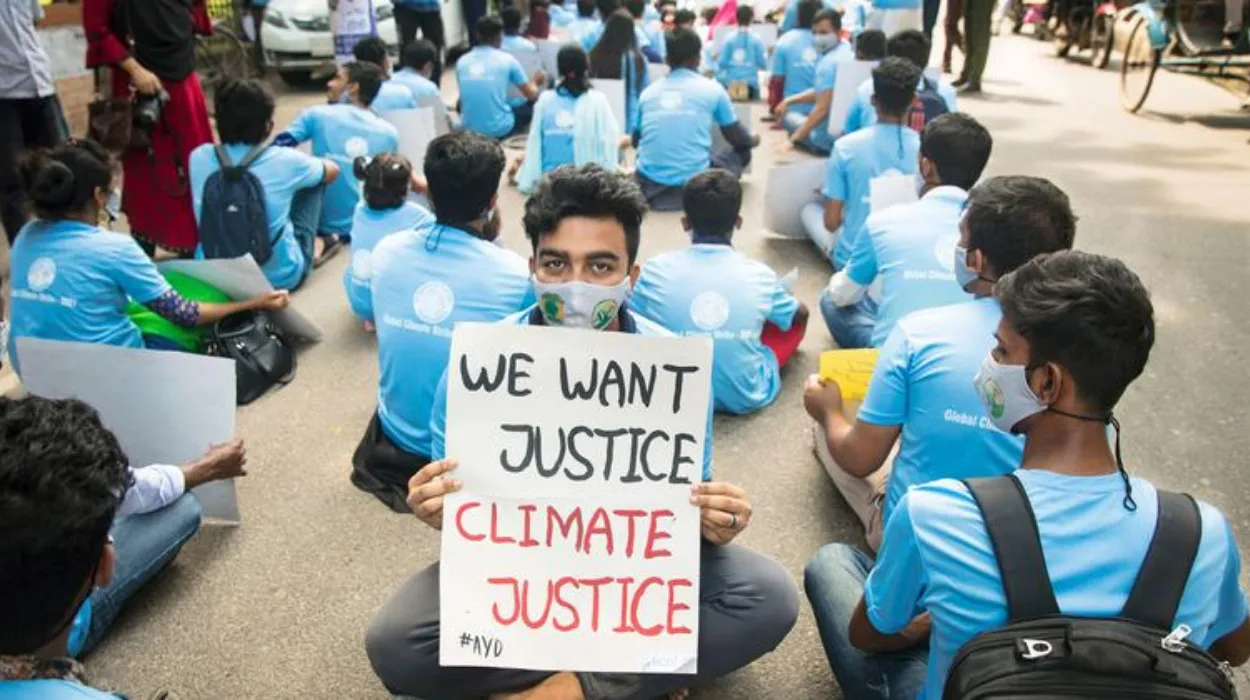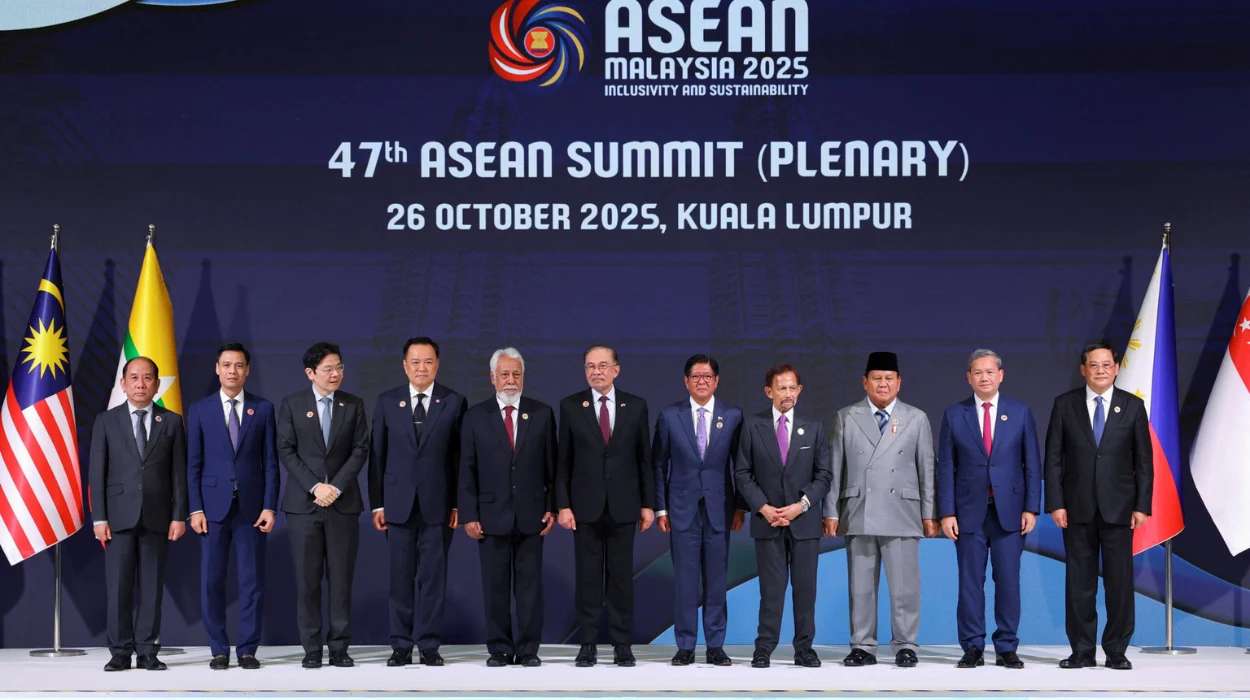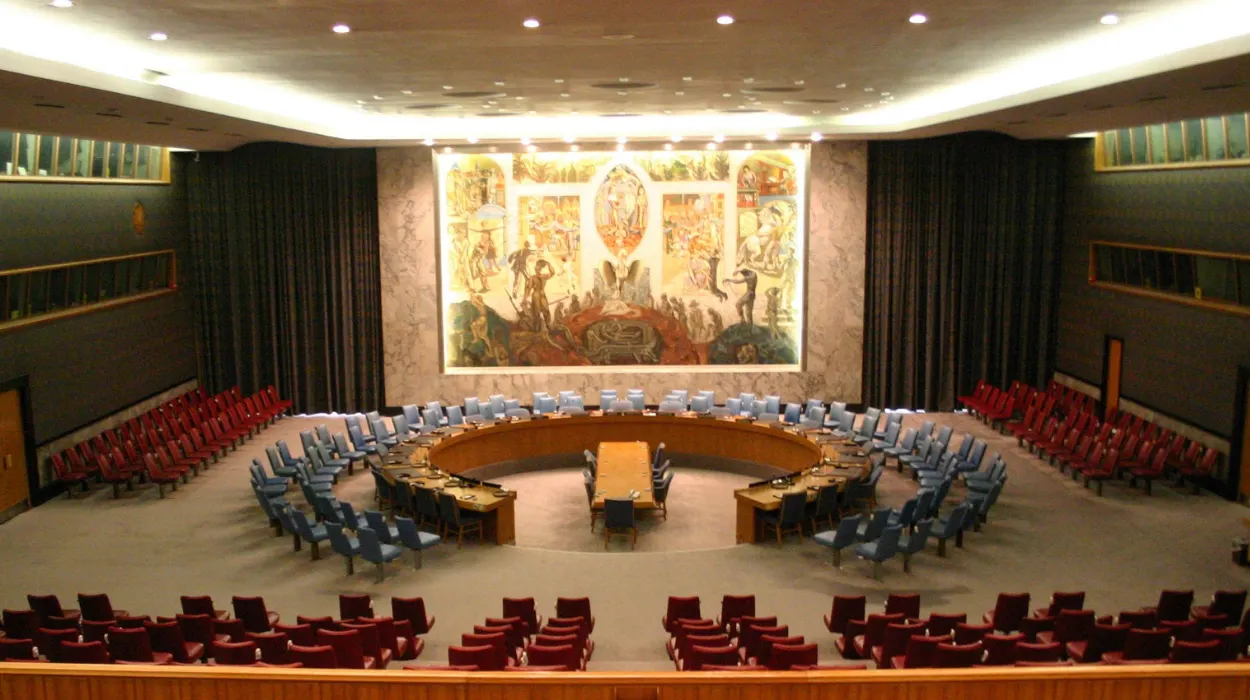The Ukrainian government and foreign observers state that the number of attacks on the energy infrastructure in Ukraine has drastically increased as the winter of 2025 nears, becoming one of the most active periods of the conflict since 2022. Russian weapons, comprising of ballistic missiles, armed drones, and glide bombs have struck power plants, heating units, water systems, and gas infrastructure in vital areas numerous times.
The most recent wave of attacks, which took place in the period of October 29-30, 2025, involved over 700 munitions being used against Kyiv, Zaporizhzhia, Kharkiv, and central energy nodes. Ukrainian authorities verified that numerous blackouts of several hours long and emergency cuts were experienced in practically all regions, including power and heating access.
It is estimated by the authorities that about 60 percent of national gas production capacity has been affected since the start of the year with about 40 percent of gas infrastructure destroyed in the latest mass attack alone. Top Ukrainian energy officials sound alarm that the level of damage to substations, pipelines and generation facilities will leave millions without stable heat supply during the coldest months.
According to humanitarian observers, this period of the conflict is described as a turning point, whereby there are increased risks to civilians and lifelines such as core infrastructure.
Scale And Methods Behind The Intensified Strikes
According to the defense ministry of Ukraine, the Russian forces have been increasingly using mass drone attacks alongside precision missile launchers to saturate airspace with them. The October bombing involved over 650 drones that were released in a matter of hours.
It is emphasized by the analysts that the further deployment of vast drone swarms implies the further military-industrial increases in Russia, which will allow it to pressure the grid and emergency repair capacities of Ukraine continuously.
Focus on strategic nodes
According to infrastructure experts in Kyiv, strikes are now more and more being directed at large transformer stations and other large centres of routing power than at isolated facilities. This change reflects the aim of Russian degradation of the energy infrastructure of Ukraine, but not the disruption of isolated nodes.
The target seems to be a systematic depletion of civilian strength and infrastructural power of the populace.
Long-term infrastructure attrition
According to energy engineers, each large-scale attack destroys equipment reserves. It takes months to replace grid transformers and turbine systems and the emergency stocks of inventory are dwindling. As winter is already in progress, extended outages during high demand months pose the threat of cascading outages.
This attrition strategy puts Ukraine in a cycle of short-term fixes with little long-term modernization despite long-term external assistance.
Humanitarian And Civilian Impact
When the attacks on Ukraine energy infrastructure are intensified is of critical importance. The typical winter temperatures in the eastern and northern areas drop to below freezing, with millions of people dependent on the district heating systems.
Governments complain of scarcity of firewood and generator fuel in the villages, especially to the old and displaced people. According to humanitarian organizations, the threat of cold-related disease increases drastically with increased loss of heating.
Pressure on emergency response services
The effect of repeated follow-up strikes puts repair teams in a constant danger because the damaged sites are re-targeted in the attempts to repair them during or after the efforts. There is also an increase in cold-exposure cases, respiratory illness, and injuries related to generator misuse among the medical workers.
According to the Norwegian Refugee Council and others, a prolonged loss of power will overstretch shelters and make the process of providing relief challenging as roads become frozen and fuel prices skyrocket.
Displacement and infrastructure loss
In Kharkiv and Zaporizhzhia, regional heads say they are seeing an increase in the relocation of families in search of refuge in more favorably-equipped western regions. This will endanger the further intensification of social tension and the increased reliance on humanitarian mechanisms that are already drained.
The loss of the community heating centers and water distribution points is one of the most devastating effects of recent attacks.
International Response And Strategic Debate
EU emergency missions have offered portable power stations, transformer outfit, and fuel aid. Western defense allies are still debating more shipments of air-defense services as Ukraine seeks more batteries of Patriot and NASAMS.
The United States and the United Kingdom have repeated that intentional assaults on civilian energy infrastructure are against the international humanitarian law and they committed their support to fortified grid recovery initiatives.
Debate over escalation and deterrence
Analysts observe the winter strategy of Russia to be in line with the broader coercive energy tactics, which have been witnessed since 2022. Critics believe that the few international punitive actions have failed to make Moscow act so a new wave of sanctions targeting the energy and defense industrial base of Russia is being called.
On the other hand, there are also diplomatic voices warning of the need to keep watch on escalation and the long term stability aspect of the situation (even as long term humanitarian concerns continue to build up) could only be achieved by opening new negotiation channels.
Legal and accountability pressure
Legal experts stress that any attempt to attack energy networks servicing civil population with heat and water can be counted as a war crime (as per international law). Nevertheless, the international criminal justice systems like the international criminal court have difficulties when a conflict is uniting and thus the implementation is complicated in the near future.
Human rights watchdogs across international borders believe that the record keeping initiatives are still important in post conflict justice avenues and reconstruction policy archways.
Economic And Strategic Implications For Ukraine
Experts in energy emphasize that recurrent attacks of the energy infrastructure of Ukraine decrease the economic competitiveness over time. The factories that require constant power supplies are at a risk of not operating, casting doubt on the investment opportunities in the region.
Ukrenergo officials observe that the programs of reinforcement of infrastructure of defense level have many-year perspectives and need to be regularly funded, which is challenging in case of high-frequency bombardment.
Gas reserves and energy diversification
The plan of Ukraine involves better storage facilities and international electricity trade with the European neighbors. But critical destruction of gas systems makes access to reserves complicated, and the issue of sustainability during winter peaks is an issue.
The process of diversification has been led by the government, which has involved connection to the European power systems and more deployment of renewables. These transitions however demand stability conditions which are being compromised by strikes being carried out.
Societal resilience and wartime governance
Ukraine is also very civil resilient despite being destroyed. Emergency heating points, fuel distribution, and maintenance of important supply lines are organized by volunteer crews, local administrations, and private energy companies.
According to political observers, such resilience mechanisms create social cohesion, but the continued stress can ultimately challenge the administrative capacity in case the large-scale displacement accelerates, or blackouts intensify.
Strategic Outlook As Winter 2025 Progresses
The trajectory of Ukraine energy infrastructure attacks signals a prolonged strategy of pressure designed to weaken societal stability and strain Ukraine’s defense resources. With winter intensifying, the coming months will test both emergency repair capabilities and international support latency.
Energy security sits at the center of humanitarian safety, economic continuity, and national defense capacity. Whether Ukraine can maintain power, heat, and water access under persistent aerial threat will significantly influence its resilience trajectory.
As global observers monitor the situation, the core question remains whether concentrated international energy, humanitarian, and defense support can outpace the destructive momentum of the strikes. The scale of the winter challenge not only reflects battlefield dynamics but underscores the emerging global security imperative around protecting civilian energy systems in conflict zones.








